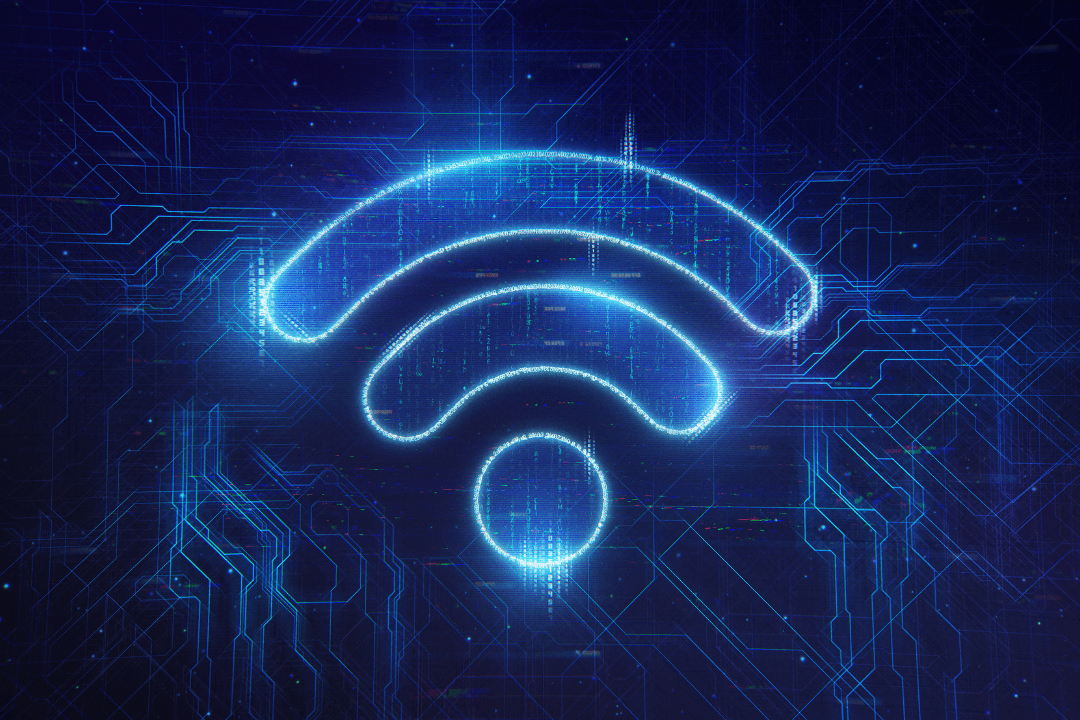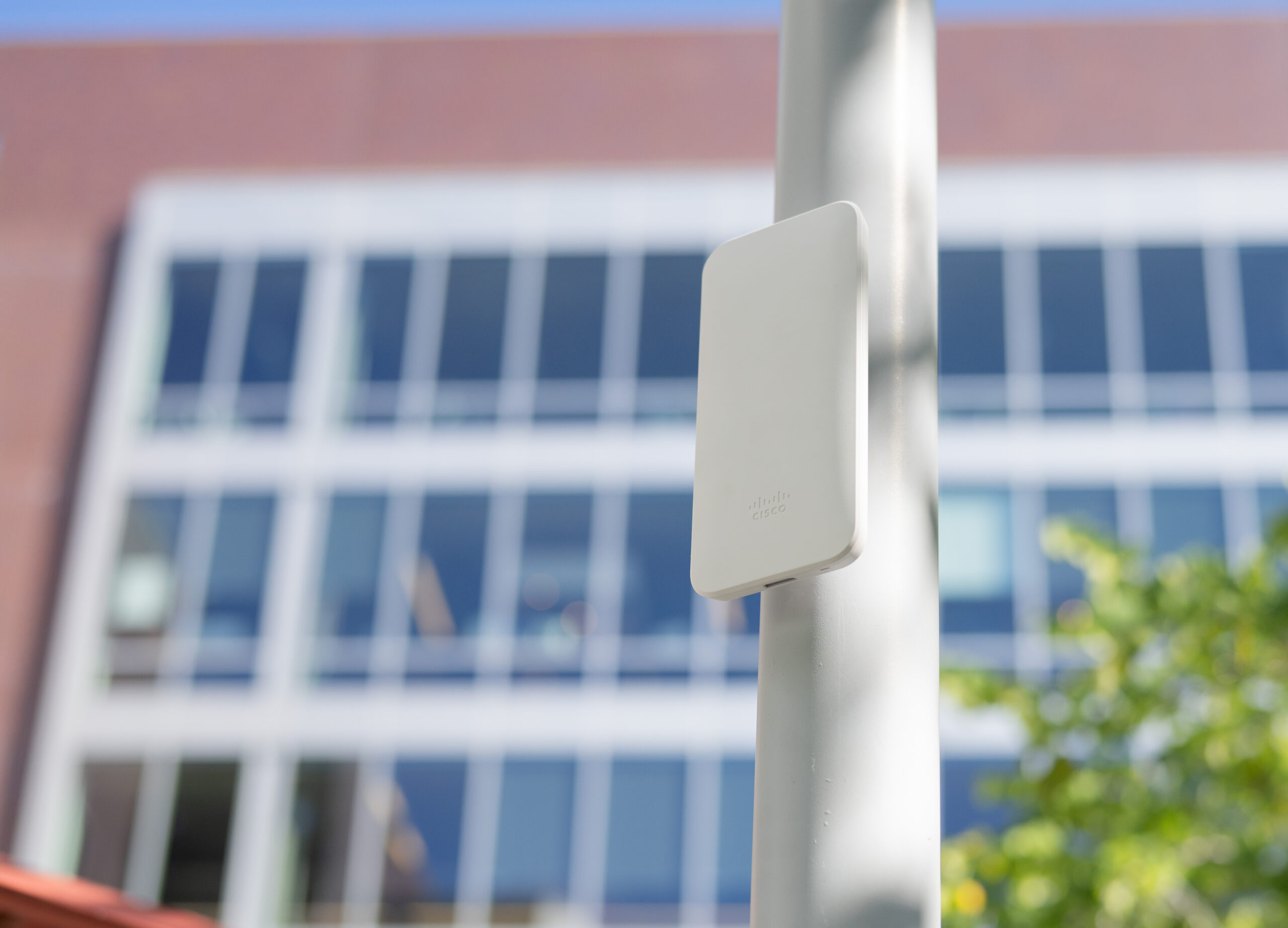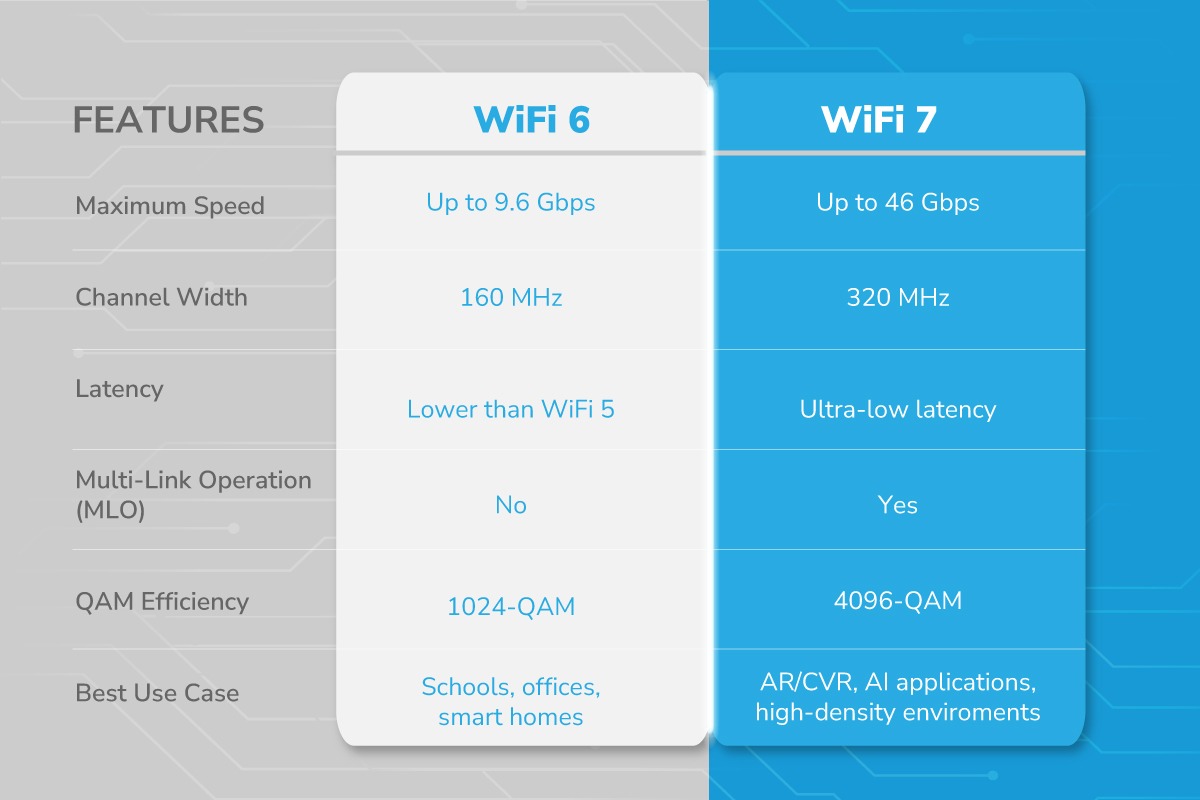WiFi 6 vs. WiFi 7: What’s the Difference?

Learn how K12itc can be your all in one platform
Students and staff rely on high-speed internet now more than ever. With such demand, many technology leaders are wondering: Should I upgrade to WiFi 7? How does WiFi 7 compare to other standards in terms of speed, range, and real-world performance?
The need for smooth, high-speed connections is increasing. This is especially true in schools with many devices connecting at the same time. Slow internet speeds, lagging video calls, and network congestion can disrupt productivity and learning. That’s why staying ahead of technological advancements is crucial.
WiFi 6 brought significant improvements in speed, efficiency, and device management, making it a game-changer for modern networks. WiFi 7 offers even faster speeds, lower latency, and better reliability. But should every school upgrade?
In this blog, we’ll break down WiFi 6 vs. WiFi 7, exploring their differences, range, and speeds. We’ll also help schools decide whether upgrading is the right move based on their unique needs.

What is WiFi 6?
WiFi 6 (802.11ax) was introduced in 2019 as an upgrade to WiFi 5. It brought faster speeds, better efficiency, and improved performance in crowded environments like schools, offices, and stadiums.
Key Features of WiFi 6:
-
Increased Speeds: Up to 9.6 Gbps, compared to WiFi 5’s 3.5 Gbps.
-
Better Performance in Crowded Areas: Uses OFDMA to divide channels among multiple devices.
-
Improved Battery Life: Target Wake Time (TWT) reduces power consumption for connected devices.
-
Lower Latency: Ensures smoother video calls, streaming, and gaming.
WiFi 6 can handle many devices at once. This makes it a game-changer for schools with 1:1 student devices, online learning, and cloud apps. Schools with many classrooms that stream videos and use cloud-based learning tools gained a lot from WiFi 6. This technology helps manage network traffic efficiently.

What is WiFi 7?
WiFi 7 (802.11be) is the next big step in wireless technology. It aims to increase speed, lower delays, and improve connections.
WiFi 6 improved network performance while WiFi 7 takes it further by adding new technologies. These technologies make it easier to connect many devices.
Key Features of WiFi 7:
-
Blazing Fast Speeds: Capable of reaching 46 Gbps, nearly 5 times faster than WiFi 6.
-
Wider Channels: Expands channel width from 160 MHz (WiFi 6) to 320 MHz, allowing more data transmission at once.
-
Lower Latency: Makes it ideal for virtual reality, AI applications, and real-time collaboration tools.
-
Multi-Link Operation (MLO): Devices can use multiple frequencies at once, reducing congestion.
-
4096-QAM (4K QAM): A more advanced data modulation technique that enhances efficiency.
For schools, this means no lag in video lessons. It also means better connections for online tests and improved teamwork between students and teachers. The multi-link operation in WiFi 7 enables faster, more stable connections, making it ideal for institutions managing hundreds of connected devices simultaneously.

WiFi 6 vs. 7: Key Differences
WiFi 7 is a significant leap forward from WiFi 6, with improvements in speed, bandwidth, and efficiency. However, the differences become more apparent when looking at real-world applications.

WiFi 7 not only delivers significantly faster speeds, but it also dramatically reduces latency. This is particularly useful for schools managing hundreds of simultaneous video calls or businesses running real-time applications.
Another big advantage of WiFi 7 over WiFi 6 is Multi-Link Operation (MLO). This feature lets devices connect to multiple bands at the same time. This means fewer dropped connections and more stable video calls. It also improves reliability in busy places like schools and universities.

WiFi 6 vs. 7 Range and Coverage
One of the biggest concerns when comparing WiFi 7 vs. WiFi 6 range is how far the signal will reach.
WiFi 7 operates on 2.4 GHz, 5 GHz, and 6 GHz bands, just like WiFi 6E. WiFi 6 vs WiFi 7 speeds are very different. This is because WiFi 7 uses better modulation, called 4K QAM, and Multi-Link Operation.
How WiFi 7 Improves Range:
- More efficient signal processing allows better connectivity at longer distances.
- Simultaneous multi-band connections reduce signal dropouts.
- Better bandwidth allocation ensures consistent performance even at the edge of a network.
For large school campuses or office buildings, WiFi 7 offers better coverage than WiFi 6. However, both need good access point placement for the best results.

Should Schools Upgrade to WiFi 7?
Stick with WiFi 6 if:
- Your network already performs well without congestion.
- You recently invested in WiFi 6 infrastructure.
- Your budget doesn’t justify the upgrade right now.
Upgrade to WiFi 7 if:
- You struggle with network congestion and slow speeds.
- You use AR/VR, AI tools, or cloud-based applications daily.
- You need future-proof networking for high-performance computing.
For schools, the question is not if WiFi 7 is better than WiFi 6. It definitely is. The real question is whether the upgrade is necessary today or if WiFi 6 is still meeting your needs.

Final Thoughts: WiFi 6 vs. WiFi 7 – Which One Wins?
While WiFi 6 is still a strong choice, WiFi 7 is the clear winner for speed, efficiency, and future-proofing. Schools, businesses, and tech-heavy environments will greatly benefit from its increased speeds, lower latency, and improved connectivity.
If budget and infrastructure upgrades are not a concern, WiFi 7 is the best choice. It offers long-term reliability and performance. However, if your current WiFi 6 network is handling traffic well, you may not need to upgrade right away.
For schools planning for the future, WiFi 7 provides a great chance to support new learning tools. These include AI learning platforms, augmented reality classrooms, and tools for real-time collaboration.
Before making the switch, it’s important to assess your current and future networking needs.

Need Help Choosing the Right WiFi Solution?
At K12itc, we specialize in helping schools design, implement, and optimize their network infrastructure. Whether you’re looking to upgrade to WiFi 7, optimize your existing WiFi 6 setup, or prepare for the future, our team is here to help.
Contact us today to discuss your networking needs and find the best solution for your schools. Let’s build a faster, more reliable, and future-ready network together!
